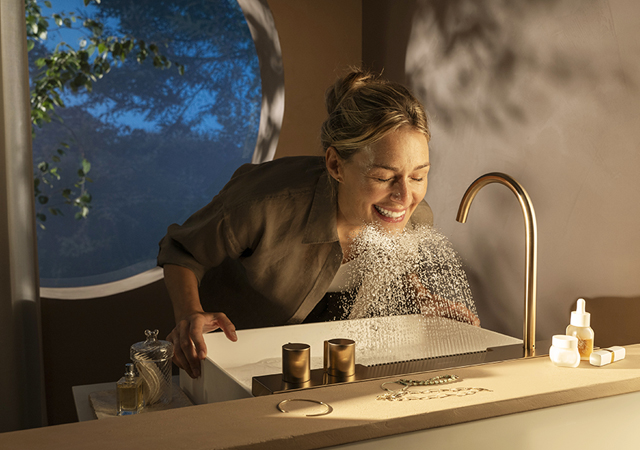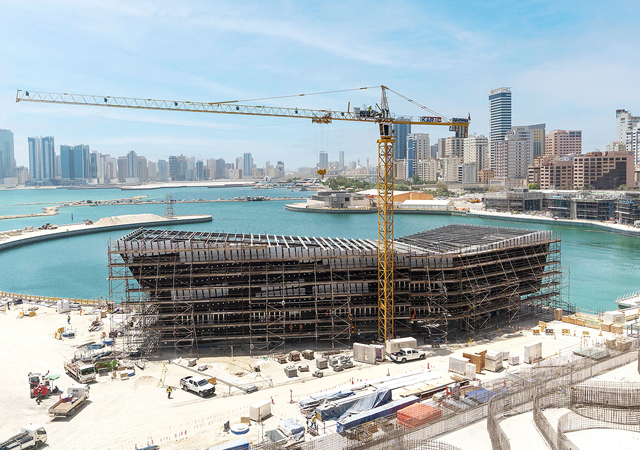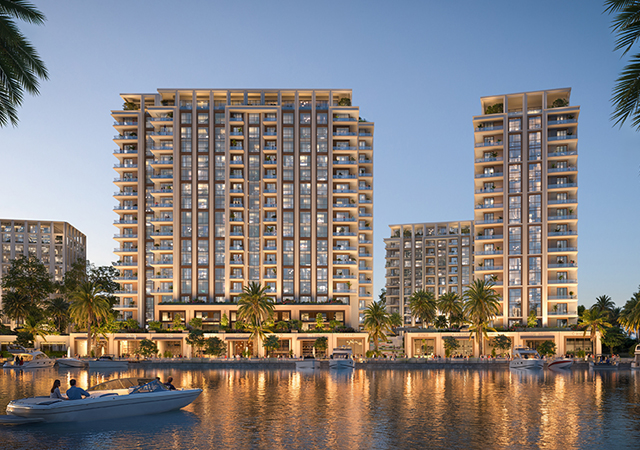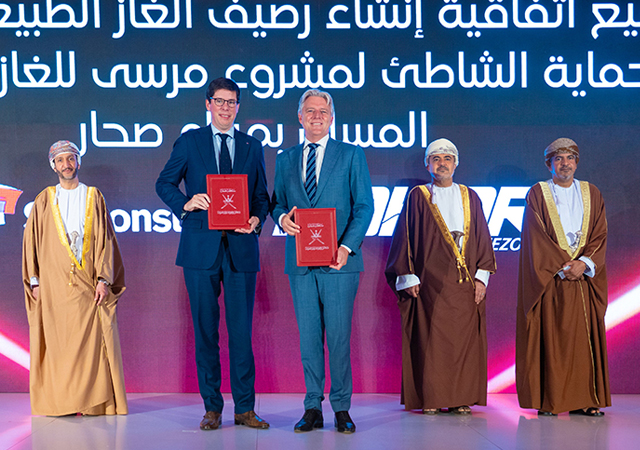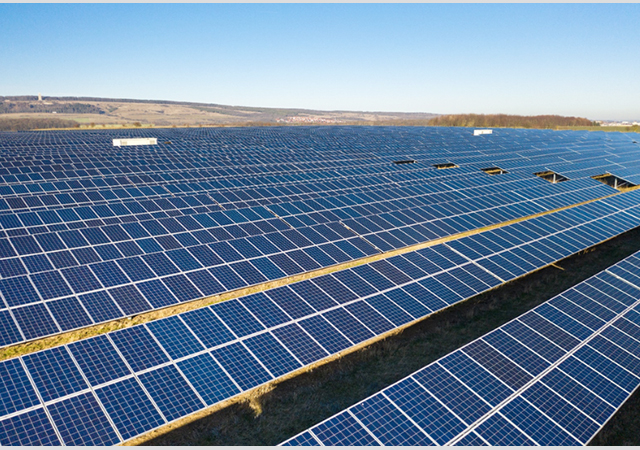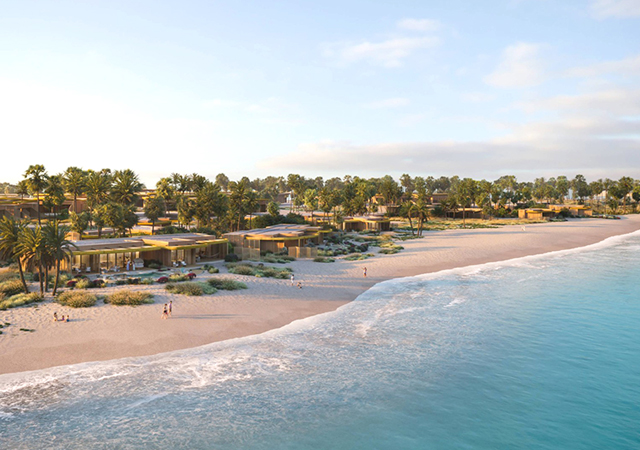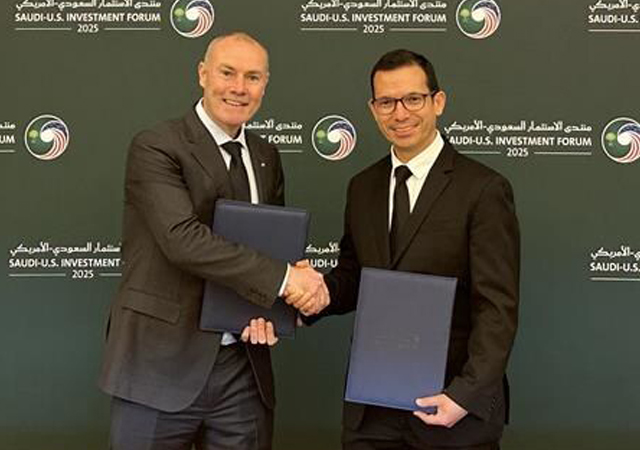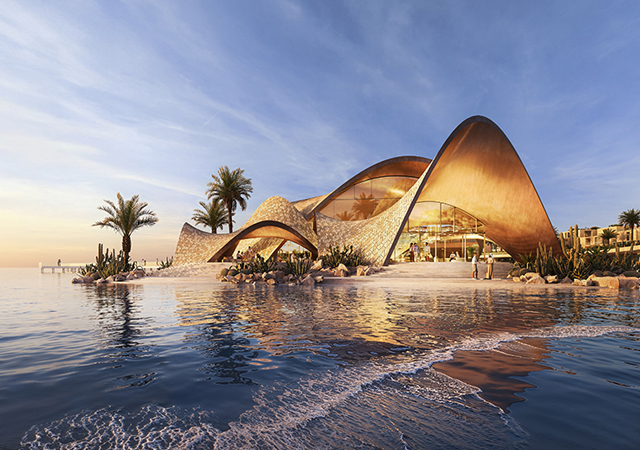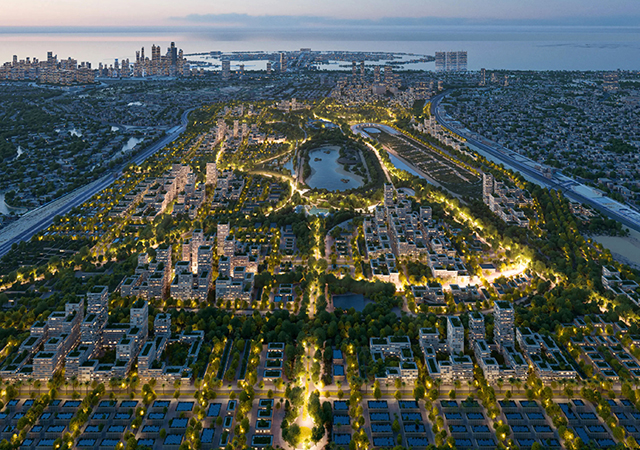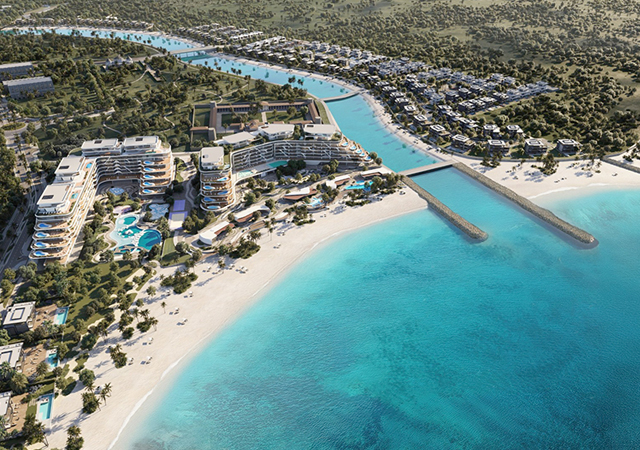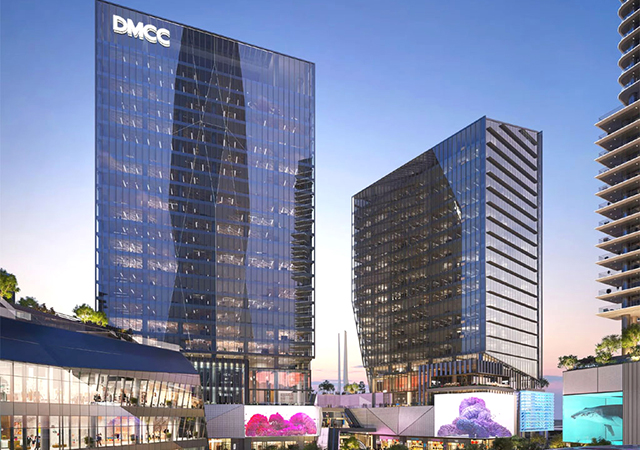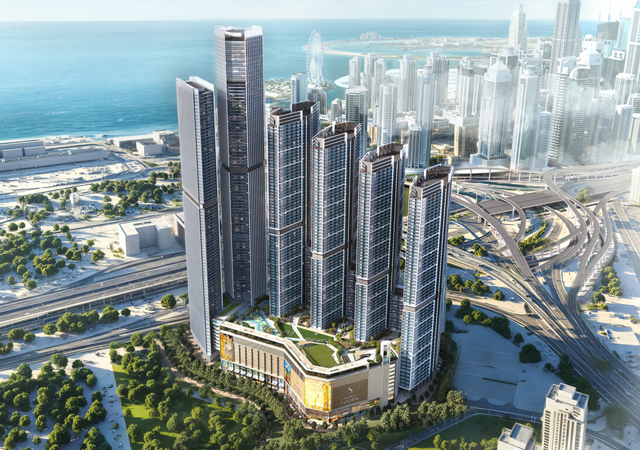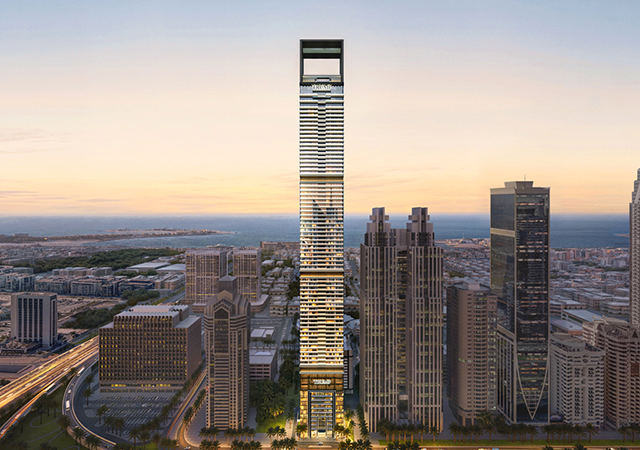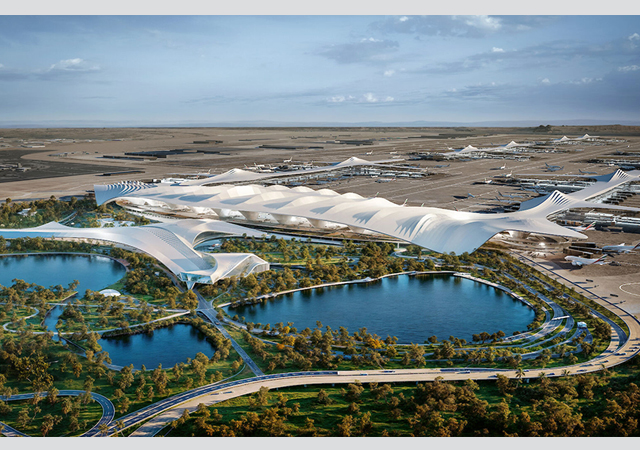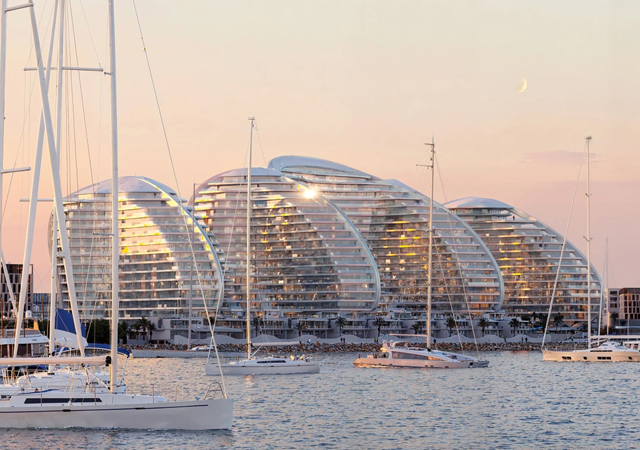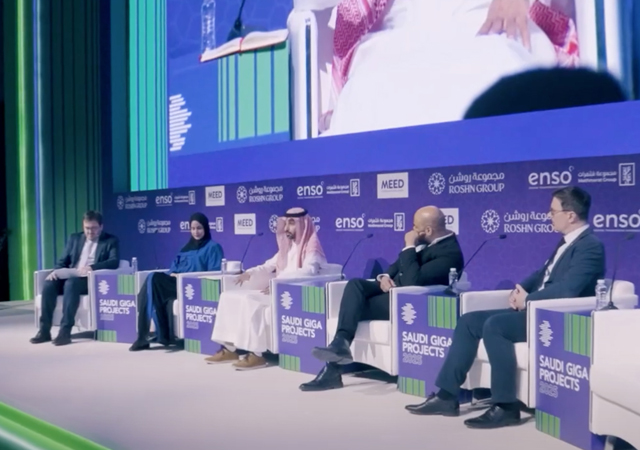
 Lowering of material through an existing manhole.
Lowering of material through an existing manhole.
A SIGNIFICANT percentage of the pipeline infrastructure for water distribution worldwide has been in service for more than 50 years, with most of the large-diameter pipelines in service today being pre-stressed concrete cylinder pipes (PCCP), reinforced concrete pipes or steel pipes.
As a result of aging and/or lack of proper maintenance, these pipes have begun to show signs of deterioration and are in urgent need of repair. Two primary causes of damage are chemical attack on the concrete and corrosion of the steel reinforcement. It is not uncommon to find cases where the deterioration is so severe that the structural integrity of the pipeline is compromised, which leads to leaks or breaks.
The American Society of Civil Engineers estimates that some 700 water mains breaks occur daily and 23 billion litres of potable and/or treated water are lost each day due to leaking and deteriorated pipes. It is estimated that between $300 billion and $500 billion would be required to modernise, repair and expand the water infrastructure in the US in the next 20 years. Similar problems exist in many countries in the Middle East.
Even if the financial resources were available to undertake these repairs, hundreds of miles of pipelines run buried under heavily-populated urban areas, making it impractical to excavate and replace the lines.
Clearly, a strong economic incentive exists to come up with alternative solutions.
One such alternative is the use of a carbon fibre reinforced polymer (CFRP) structural liner, which present a “no-dig” (trenchless) long-term repair solution to chemical attack, corrosion and leak-related problems in pipelines. CFRP liners are made of carbon fabrics saturated in the field with epoxy resins, which are applied to the surface of the pipe and allowed to cure. After two days, they become an adhered laminate that is about three times stronger than steel.
Installation
The CFRP liner is usually applied directly to the inner surface of the pipe. If designed properly, it can replace the steel lost due to corrosion and protect the concrete surface, restituting or exceeding the original structural integrity of the line. Since the CFRP liner can also function as an impermeable layer, leaks are also fixed and the corrosion of the existing reinforcement is effectively minimised.
CFRP liners have an inherent resistance to aggressive chemical attacks, which makes them suitable for urban as well as industrial pipeline rehabilitation. The chemical resistance of the liner can be further increased by using specially formulated epoxy top coats.
The application of CFRP to repair PCCP began in the late 1990s at the largest nuclear power plant in the US. To test the effectiveness of the system, the pre-stressing wires in a new 8-ft-diameter pipe were cut to simulate corrosion damage. CFRP was applied to the interior surface of the pipe and the ends of the pipe were sealed before the pipe was pressurised to the original design pressure.
Since access by installation crew, equipment and materials is through existing manholes, the need for time-consuming excavation and fill activities is eliminated (Figure 1). This can reduce the downtime of the pipeline significantly. Also, the structural properties of the liner can be modified by the design engineer in order to minimise the number of CFRP layers to meet the required strengthening demands, further improving installation speed and quality control.
Although, depending on the manufacturer, there may be variations in the installation procedure of CFRP liners. The installation process in general is in the following sequence:
• Preparatory work: The pipe surface to be covered by the CFRP must be clean and relatively smooth – usually high-pressure washing with water is sufficient. Patching and/or grinding may also be required. Cracks with widths exceeding 3 mm should be epoxy injected to avoid intrusion of humidity. Sealing compounds are usually applied on the bottom half of the pipe to prevent excessive absorption of epoxy-saturating resins into the concrete;
• Installation of CFRP liner: A 1-mm-thick coat of a high-viscosity resin (tack coat) is trowelled on the surface of the pipe (Figure 2a). Using a saturating machine, the 1,200-mm-wide roll of carbon fabric is uniformly saturated with a low-viscosity resin and is installed in full circular rings over the tack coat. The fabric is firmly pressed against the pipe, removing any trapped air bubbles. The tack coat will assist in keeping the saturated place in position while it cures (Figure 2b);
• Installation of top coat: These coatings are installed to provide abrasive resistance to the CFRP liner, to minimise pressure losses due to friction, and/or to increase the chemical resistance of the liner (Figure 3a).
The installation can be achieved with a three- to four-man crew and — depending on the equipment used (scaffolding design, saturation machines, etc) and experience of the crew — about 250 sq m of CFRP can be installed in a 24-hour period. The proper design of the CFRP overlaps, joints and the termination points is essential in achieving a humidity barrier and adequate strength of the retrofitted pipe. These must be addressed by the design engineer. Figure 3b shows the appearance of the CFRP retrofitted pipe.
Recently, a new generation of CFRP liner was introduced to the pipeline rehabilitation market under the brand name PipeMedic. In this case, the sheets of carbon fabric are saturated in the plant and cured into a very thin (1-mm-thick) laminate. This eliminates the need for saturating the fabric inside the pipe.
These laminates are packaged in long coils which, when taken inside the pipe and released, due to their “elastic memory” extend and conform to the inner pipe surface – like a loaded spring. The laminate can be installed in individual bands or continuously (spiral pattern), regardless of the diameter of the pipe (one-size-fits-all solution). Epoxy tack coats are used as the adhesive between the laminate and the pipe surface.
Higher quality control and installation speed is achieved with this new system since in-situ epoxy saturation of the liner is not required. Also, multiple-layered liners can be fabricated with relative ease in manufacturing plants, including liners with galvanic corrosion barriers to avoid direct contact between the CFRP and the surface of steel pipes.
The PipeMedic system is meant to be installed in relatively straight segments of pipelines, which typically represent the largest percentage of the total pipeline length. Where sharp vertical or horizontal curves, or connections to other pipes occur, or in general, where the geometry of the inner pipe surface is complex, the traditional wet or dry lay-up system can be used to install the CFRP liner.
Once fully cured, the CFRP liner is in essence chemically inert and can be in contact with potable water. In fact, public health and safety companies, such as NSF International, have issued certificates to some manufacturers of CFRP liners, confirming their suitability for use in potable water pipelines.
Economy
The unit prices of most CFRP liners in the US are in the range of $400 to $600 per sq m of each layer of installed liner, which is relatively high compared to other structural liners, such as reinforced gunite and steel jackets.
However, their competitive edge is in the higher quality control, speed of installation (reduced service downtimes), corrosion mitigation properties, low labour costs, as well as the fact that they can provide a long-term maintenance-free solution to concrete and steel deterioration. Moreover, the fact that no excavation is required to access the pipe provides additional savings and allows for the immediate rehabilitation of pipelines buried under heavily populated areas, main streets, highways or industrial facilities.
Since the initial technological applications of carbon fabrics were in the aerospace industry, only a small number of manufacturers could meet their stringent quality control demand and thus a limited supply drove their prices up. The new demands of the construction and rehabilitation industries are generating the incentive to increase the supply, which would tend to lower their price and further increasing their competitive edge.
Conclusion
CFRP structural liners provide a highly-competitive alternative for the rehabilitation of buried pipelines. Their inherent chemical resistance and impermeability provide a protective barrier against chemical attack on the concrete and an effective corrosion mitigation measure for the steel reinforcement. Their light weight and flexibility allow for small installation crews applying the liner to straight pipe segments or segments with significant geometrical complexity (curves, connection points, etc). Their thickness is usually around 3 mm after curing, which causes minimum reduction of the inside diameter and thus minimises the effect on the flow capacity of the pipe.
The relatively short installation time of CFRP minimises service downtimes and allows for the rehabilitation of large segments of the pipelines during programmed maintenance service shutdown periods.
Recently-introduced CFRP pre-cured liners promise a further reduction in installation time. When properly designed and installed, the CFRP liner should provide a long-term maintenance-free solution. In fact, it can significantly extend the service life of a deteriorated pipeline that was due for replacement.
* M Ehsani is a professor of civil engineering at the University of Arizona and the president of QuakeWrap. Wassim Mahfouz is R&D manager at the Saudi-based Kabbani Construction Group.




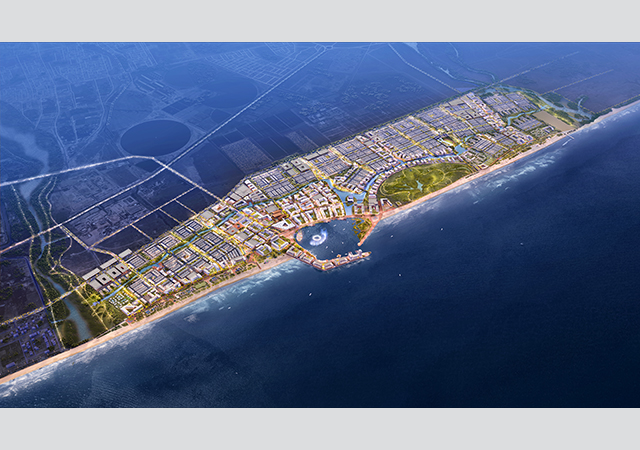



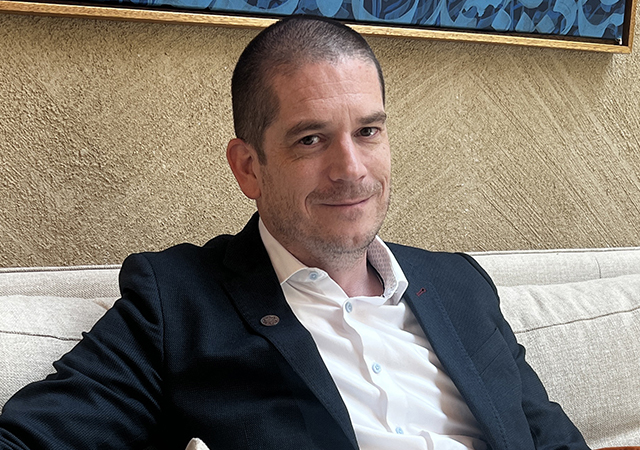

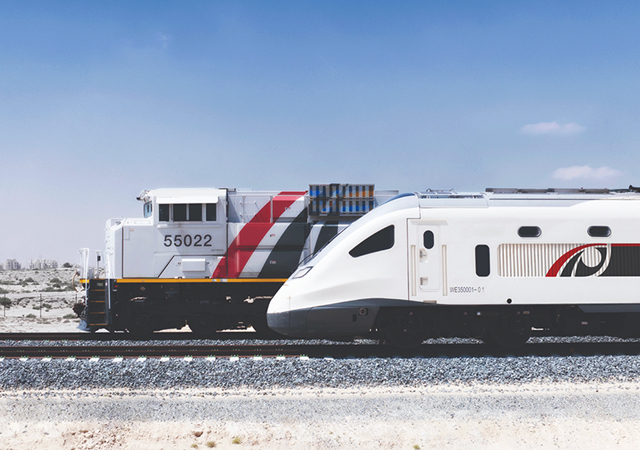
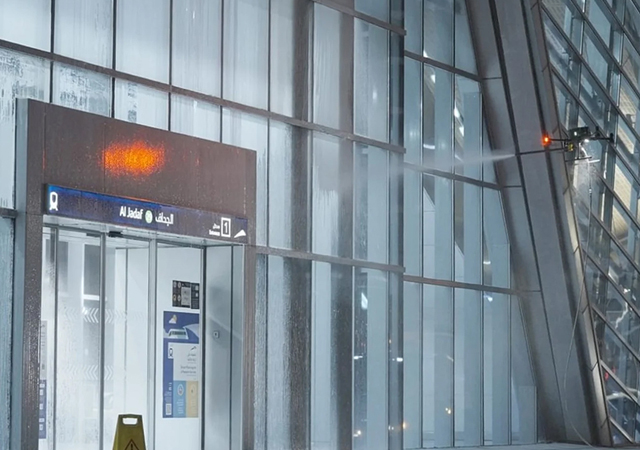
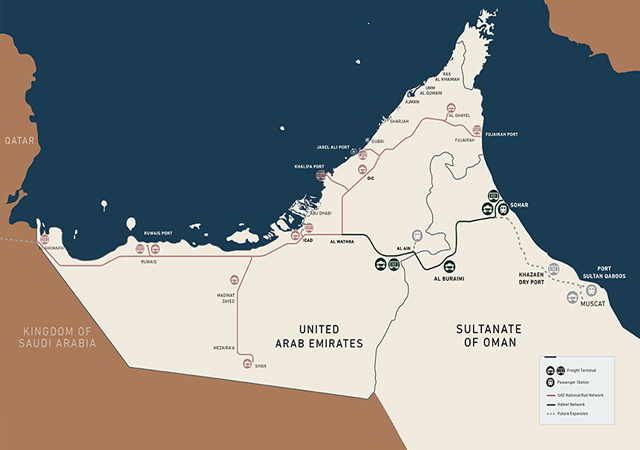
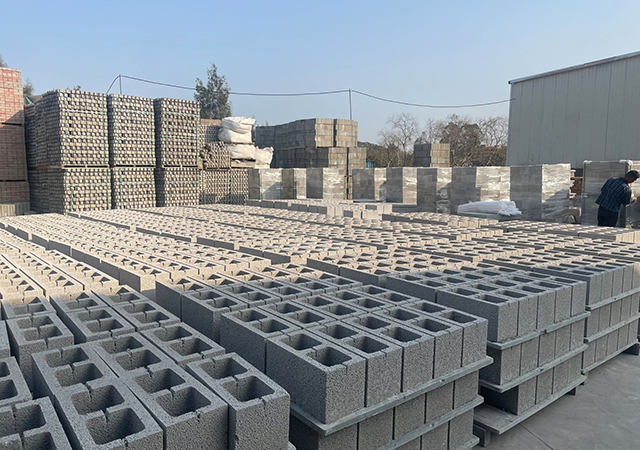


.jpg)
.jpg)
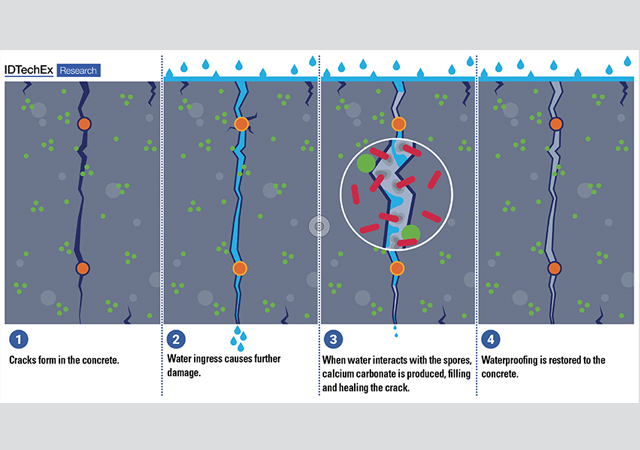
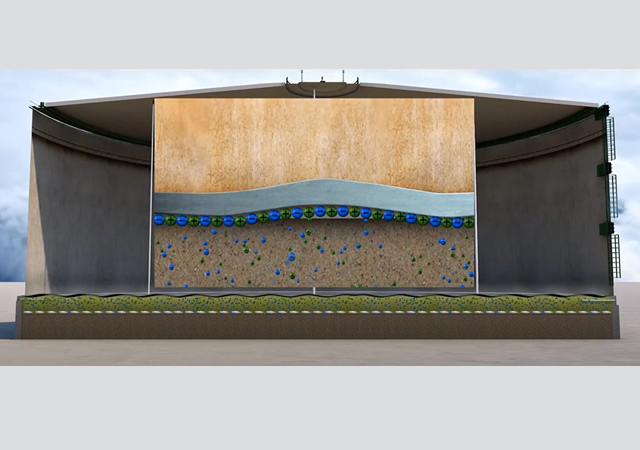
.jpg)
.jpg)
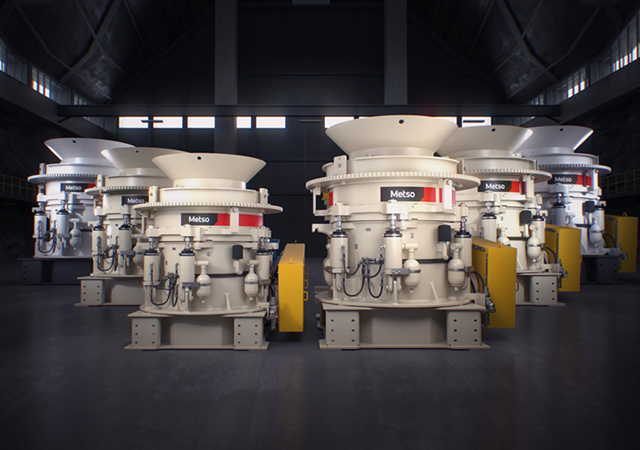
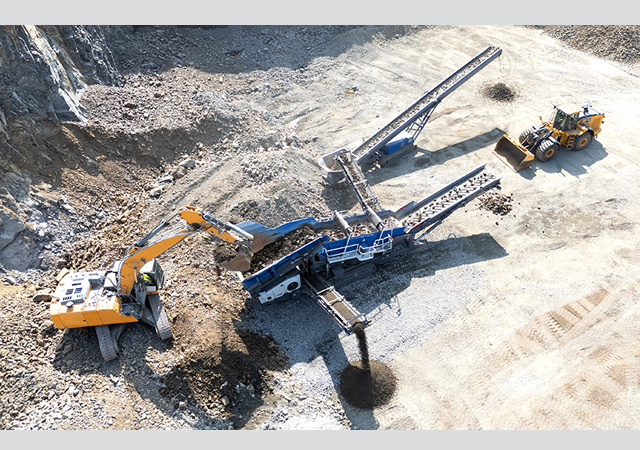
.jpg)
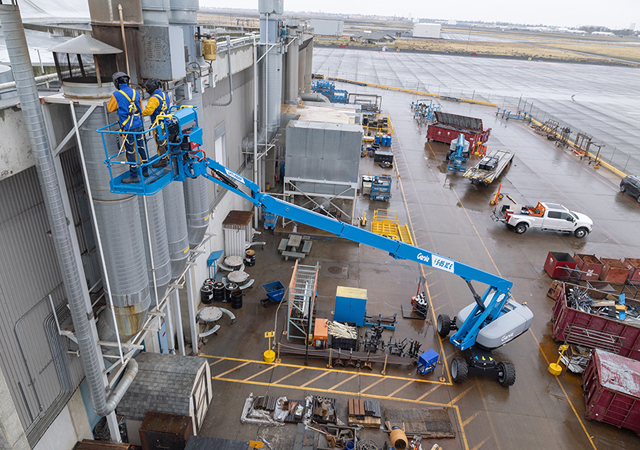

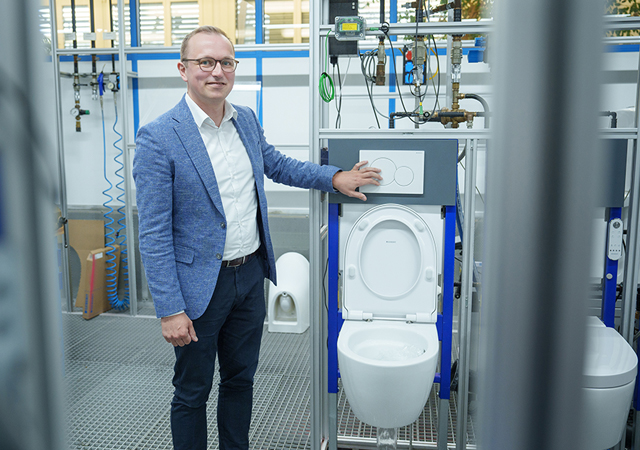

 Doka.jpg)
